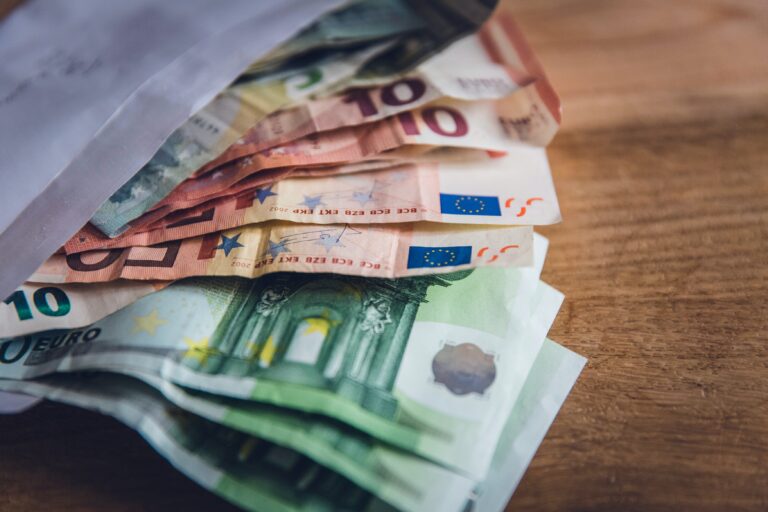
Morning Brief – Month & Quarter End
In markets, ends matter. Whether the end in question be the end of a working day, a month, quarter and especially calendar or financial year, it brings with it strong underlying trade flows that usually produce both price volatility and significant valuation adjustments. The mechanics of it are extremely simple. Each major trading geography will have one or more fixing times. The first or average, or volume weighted average price for this minute will then serve as a benchmark price for that day. The same is true for a day that marks the end of a more significant period of time but the implications of that fixing and the open market interest surrounding it is more significant. Fixings are used as an unbiased method to facilitate required transactions and are an important point in the day particularly for foreign exchange markets. Businesses tend to rebalance their financial positions on these milestones bringing especially strong demand and volume to markets. The bigger the end, the more businesses participate in the activity of positioning, the greater the scope for havoc in financial markets.
Any business for example that produces revenue, pays invoices or staff in a country and currency different to that of their main or accounting currency will be forced to exchange those monies. The significance of those amounts both in nominal terms but also with respect to the size of their business will dictate the frequency with which those positions have to be levelled off. Yesterday marked the end of a day, month and quarter and saw higher than average volumes traded on FX markets with the price action to match.
One particularly significant flow in foreign exchange markets is the balancing of investment portfolios overseas. Most investment funds bar a few brave souls run so-called FX-neutral portfolios. Investments held in alternative currencies to the currency that the funds itself is denominated in are offset by equal and opposite foreign exchange positions so that the change in value of the fund only reflects the performance of the asset, not how the currencies have moved apart from one another. Consider a UK pension fund purchases 1 unit of the US major stock index, the S&P 500. They would have to shell out $3,362 right now in order to pay for that investment. Unhedged that would create a USD 3,362 long exposure of the fund to the US Dollar. That is to say that the value of the fund would change dependent not only upon the performance of the S&P 500 but also by the relative value of USD 3,362 in their base currency.
This state of affairs would stand contrary to the pensions fund’s commitment to have an FX-neutral portfolio. Therefore the fund must sell USD 3,362 against their base currency forward for a duration of time they see the investment open for. Hey presto, we’ve solved it! The fund’s value will now be unaffected by exchange rate movements – if the value of a Dollar goes up the exposure to asset and de facto long position will be offset but the forward sale of Dollars and vice versa.
Not quite. Consider that the value of that portfolio changes between now and the end of the quarter to USD 4,000.00. You can see that the original hedge to offset USD 3,362 against their base currency is now USD 638 shy of being FX neutral. What must the pension fund do? Sell more Dollars! These flows are predictable and significant in foreign exchange markets but still create havoc in markets, particularly when those predictions aren’t quite right.
Yesterday was marked not only by increased volatility but also persistent demand for some currencies that were due to benefit most from day, month, and quarter-end positioning. The cost to borrow Dollars overnight was 10 times greater than its current cost versus the Pound on average yesterday and three times greater against the Euro. Positioning flow was rumoured to benefit the US Dollar. In reality a significant winner from the higher trading volume was the Pound Sterling with practically non-existent support for the greenback. A degree of positive sentiment surrounding Brexit as a result of an accord on fishing with Norway and a speech from Bank of England Chief Economist Andy Haldane offered a positive backdrop for the Pound to enjoy month-end demand.
Discussion and Analysis by Charles Porter

Click Here to Subscribe to the SGM-FX Newsletter
Related Insights

Daily Brief – A weaker Dollar: Trump vs. Powell
A weaker Dollar: Trump vs. Powell The Dollar continued to lose ground yesterday as the truce between Israel and Iran appeared to continue to hold. There has been a noticeable return to focus upon macro and monetary influences in major currency pairs. Yesterday, Fed Chair Jay Powell provided his semi-annual monetary policy report before the […]

Daily Brief – Big Girls Don’t Cry
Big Girls Don’t Cry A bond market tantrum and one of the sharpest one day sell offs in Sterling for several years appear to have been catalysed by the Chancellor’s appearance in PMQs yesterday. First: the back story. This Labour government has faced some embarrassment in recent weeks trying to get its welfare bill through […]

Daily Brief – Next level
Next level EURUSD has managed a relatively smooth ascent to its current levels, around 1.18. That is despite significant resistance levels, most notably around 1.17. A large collection of option strike prices gathered around this key level and the price history of the pair shows us its significance. Sustained closes above this level since last […]



 Charles Porter
Charles Porter